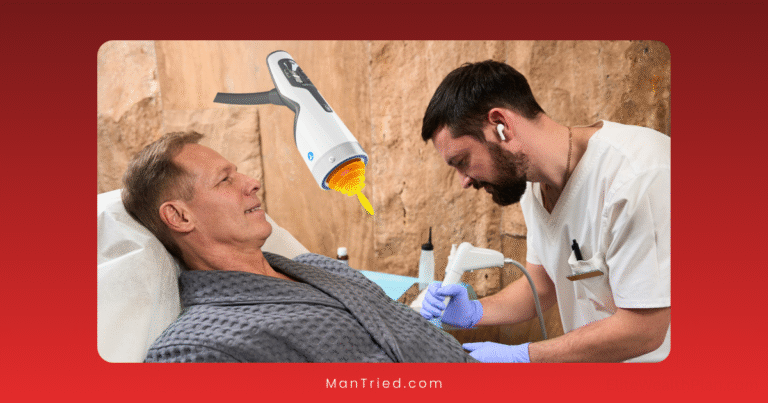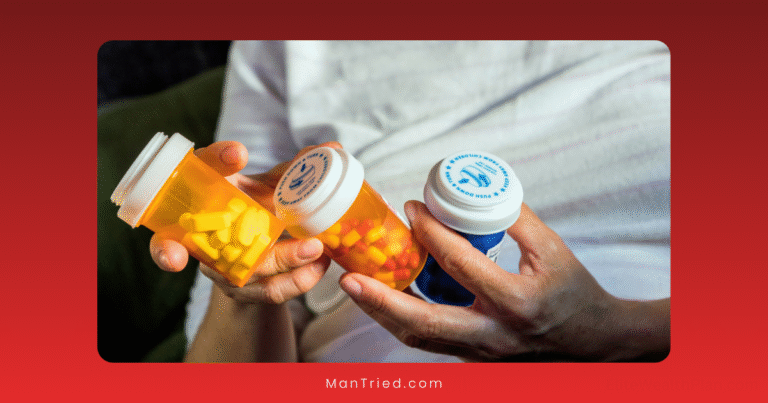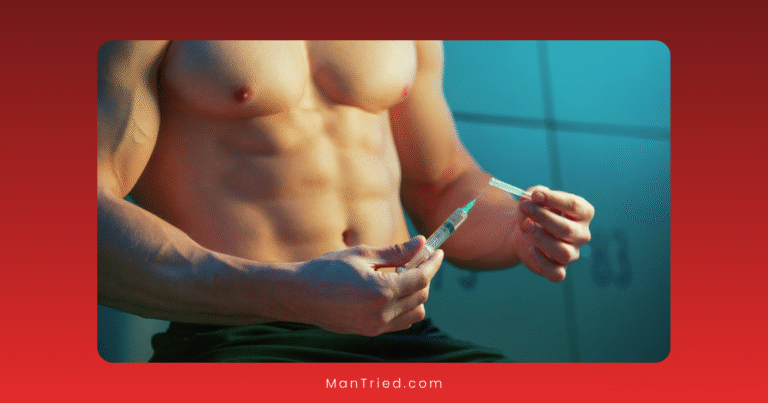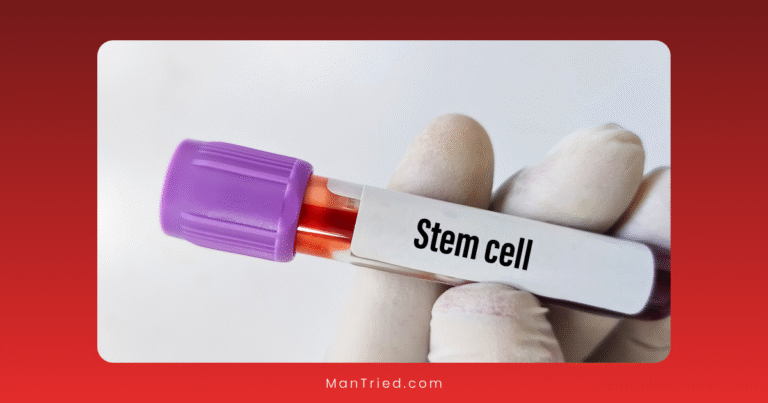Shockwave Therapy Protocols: What to Expect During Treatment
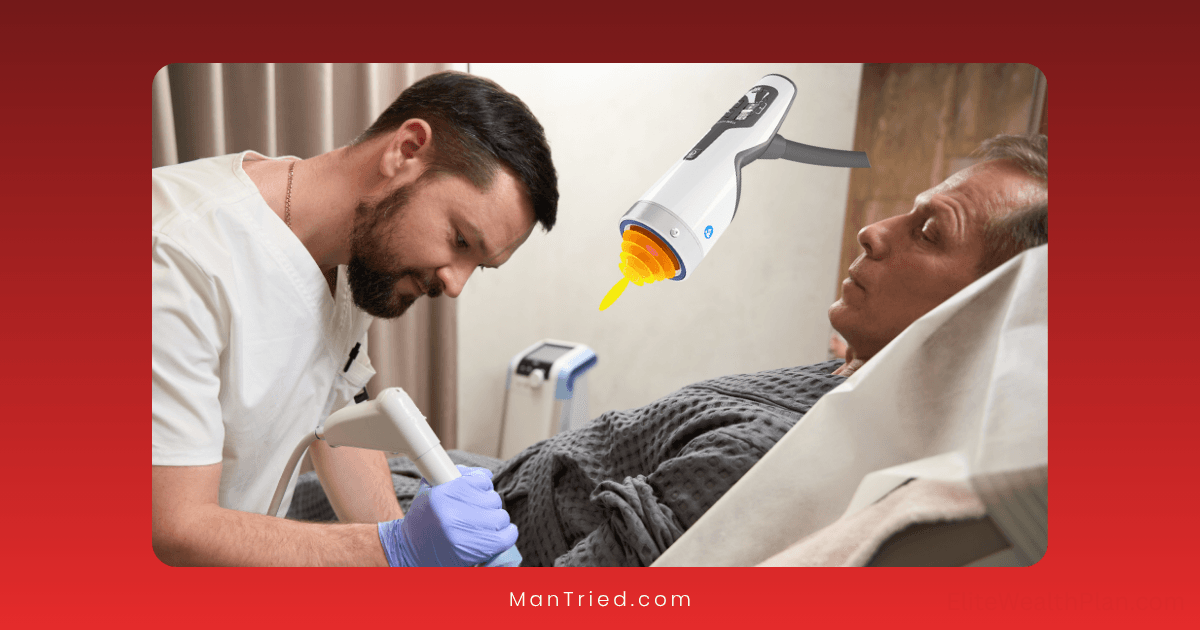
If you’re considering shockwave therapy for a chronic injury or condition, understanding what happens during treatment can help ease anxiety and set realistic expectations. This innovative, non-invasive therapy has gained popularity for treating various musculoskeletal issues, erectile dysfunction, and other conditions—but what exactly does the treatment involve? This comprehensive guide walks you through shockwave therapy protocols and what to expect from your first consultation to your final session.
Understanding Shockwave Therapy Basics
Before diving into the treatment protocols, let’s clarify what shockwave therapy actually is.
Shockwave therapy, also known as Extracorporeal Shockwave Therapy (ESWT) or Extracorporeal Pulse Activation Technology (EPAT), uses acoustic pressure waves to stimulate healing in damaged tissues. These high-energy sound waves create controlled microtrauma in the target area, which triggers the body’s natural healing response.
According to the National Center for Biotechnology Information, there are two primary types of shockwave therapy:
- Focused Shockwave Therapy (F-SWT): Delivers concentrated energy to a specific focal point deep within tissue
- Radial Shockwave Therapy (R-SWT): Delivers energy that disperses in a radial pattern, affecting a broader but more superficial area
“The type of shockwave therapy used depends on the condition being treated and its location in the body,” explains Dr. Michael Roberts, a sports medicine specialist at UT Southwestern Medical Center. “Focused shockwaves are often used for deeper issues, while radial shockwaves work well for more superficial conditions.”
Pre-Treatment: Consultation and Assessment
What Happens During Your Initial Consultation
Your shockwave therapy journey begins with a thorough consultation and assessment, which typically includes:
- Detailed medical history review: Your provider will ask about your condition, previous treatments, and overall health
- Physical examination: To assess the affected area and confirm that shockwave therapy is appropriate
- Diagnostic imaging: In some cases, ultrasound, X-ray, or MRI may be recommended to confirm the diagnosis
- Discussion of expectations: Your provider will explain the potential benefits, limitations, and realistic outcomes
- Treatment plan development: Including the number of sessions, frequency, and specific protocols
“A proper assessment is crucial to determine if you’re a good candidate for shockwave therapy and to customize the treatment protocol to your specific condition,” notes Dr. Jennifer Williams, physical therapist at Avid Sports Medicine.
Conditions Commonly Treated
Shockwave therapy protocols vary based on the condition being treated. Common applications include:
- Musculoskeletal conditions: Plantar fasciitis, Achilles tendinopathy, tennis/golfer’s elbow, rotator cuff tendinitis, calcific shoulder tendinitis
- Erectile dysfunction: Particularly vascular-related ED
- Chronic pain conditions: Myofascial pain syndrome, trigger points
- Bone healing: Stress fractures, delayed unions
- Neurological applications: Spasticity reduction after stroke or in cerebral palsy
The Treatment Protocol: What to Expect
Preparing for Your Session
Preparation for shockwave therapy is minimal, but these guidelines can help ensure optimal results:
- Hydration: Drink plenty of water before your session
- Clothing: Wear comfortable clothing that allows easy access to the treatment area
- Medications: Inform your provider about all medications you’re taking
- Anti-inflammatories: Most providers recommend avoiding anti-inflammatory medications (NSAIDs like ibuprofen) for 2-3 days before treatment, as inflammation is part of the healing process
- Timing: No special timing considerations are needed; you can eat normally before treatment
During the Treatment Session
A typical shockwave therapy session follows this sequence:
- Positioning: You’ll be positioned comfortably, with the treatment area accessible
- Gel application: A water-based gel is applied to the skin to help conduct the acoustic waves
- Applicator placement: The provider places the shockwave applicator against your skin over the target area
- Initial testing: Treatment begins at a low intensity, which is gradually increased to therapeutic levels
- Treatment delivery: The device delivers a series of acoustic pulses to the affected area
- Monitoring comfort: Your provider will check your comfort level throughout the session, adjusting intensity as needed
“Most patients describe the sensation as a series of rapid, intense taps or pulses,” says Dr. Sarah Thompson of Bodyworks Physical Therapy. “While it can be uncomfortable, it should remain tolerable—typically around a 5 or 6 on a 10-point pain scale.”
Treatment Parameters
According to research published in the Journal of Clinical Medicine, effective shockwave therapy protocols typically include:
- Session duration: 5-15 minutes per treatment area
- Energy flux density (EFD):
- Low energy: 0.08-0.15 mJ/mm² (often used for tendinopathies)
- Medium energy: 0.16-0.28 mJ/mm² (commonly used for most conditions)
- High energy: 0.29-0.60 mJ/mm² (typically used for calcifications and bone conditions)
- Number of impulses: 1,500-3,000 per session, depending on the condition and area size
- Frequency: 8-15 Hz (pulses per second)
- Treatment intervals: Typically once per week
- Total sessions: Usually 3-6 sessions for most conditions
“These parameters are not one-size-fits-all,” cautions Dr. Robert Johnson, orthopedic surgeon. “Your provider will customize the protocol based on your specific condition, its severity, and your response to treatment.”
Specific Protocols for Common Conditions
Different conditions require tailored approaches. Here are typical protocols for common conditions:
Plantar Fasciitis
- Number of sessions: 3-5
- Frequency: Once weekly
- Impulses per session: 2,000-2,500
- Energy level: Medium (0.16-0.25 mJ/mm²)
- Special considerations: Treatment focused on the insertion of the plantar fascia at the heel and along the arch
Tennis Elbow (Lateral Epicondylitis)
- Number of sessions: 3-5
- Frequency: Once weekly
- Impulses per session: 2,000
- Energy level: Low to medium (0.12-0.18 mJ/mm²)
- Special considerations: Treatment targets the lateral epicondyle and affected extensor tendons
Erectile Dysfunction
- Number of sessions: 6-12
- Frequency: Twice weekly for 3-6 weeks
- Impulses per session: 1,500-2,000 per treatment area
- Energy level: Low (0.09-0.12 mJ/mm²)
- Special considerations: Treatment typically applied to multiple areas around the base of the penis
Achilles Tendinopathy
- Number of sessions: 3-5
- Frequency: Once weekly
- Impulses per session: 2,000-2,500
- Energy level: Medium (0.15-0.20 mJ/mm²)
- Special considerations: Treatment focused on the painful areas of the tendon, often with the ankle in slight dorsiflexion
Post-Treatment: What to Expect
Immediate After-Effects
Immediately after shockwave therapy, you might experience:
- Redness: In the treated area, which typically subsides within a few hours
- Mild soreness: Similar to the feeling after an intense workout
- Temporary increased pain: Some patients report a temporary increase in symptoms for 24-48 hours
- Bruising: Occasionally, especially in areas with thin skin
“These effects are normal and actually indicate that the treatment is triggering the desired healing response,” according to Inspire Wellness & Aesthetics.
Post-Treatment Recommendations
To maximize the benefits of your shockwave therapy, providers typically recommend:
- Avoid anti-inflammatory medications: For 2-3 days after treatment, as inflammation is part of the healing process
- Light activity: Most patients can return to normal activities immediately, but avoid strenuous exercise for 48 hours
- Hydration: Drink plenty of water to support the healing process
- Ice (for some conditions): If recommended by your provider, apply ice for 15-20 minutes to reduce discomfort
- Complementary exercises: Follow any prescribed stretching or strengthening exercises
Treatment Progression
As you progress through your treatment series, you might notice:
- Gradual improvement: Most patients report incremental improvement after each session
- Fluctuating symptoms: Some days may be better than others as healing progresses
- Cumulative benefits: The full effects of treatment often continue to develop for 2-3 months after your final session
According to a meta-analysis published in the Journal of Orthopaedic Surgery and Research, most patients experience:
- 20-40% improvement after 1-2 sessions
- 50-70% improvement after completing the full protocol
- Continued improvement for up to 12 weeks after the final session
Complementary Approaches
Shockwave therapy is often most effective when combined with other treatment modalities:
- Therapeutic exercises: Specific stretching and strengthening exercises
- Manual therapy: Soft tissue mobilization and joint manipulation
- Biomechanical corrections: Addressing movement patterns or footwear issues
- Lifestyle modifications: Activity adjustments, ergonomic changes
“We find that patients who actively participate in their recommended home exercise program tend to achieve better and more lasting results from shockwave therapy,” notes Dr. Williams.
When to Expect Results
The timeline for results varies based on the condition and individual factors:
- Early responders: Some patients report significant relief after just 1-2 sessions
- Average response: Most patients notice meaningful improvement after 3-4 sessions
- Delayed response: Full benefits may not be apparent until 2-3 months after completing treatment
- Long-term outcomes: Studies show that results from successful shockwave therapy can last for years in many cases
Questions to Ask Your Provider
To ensure you’re fully informed about your shockwave therapy protocol, consider asking your provider:
- Which type of shockwave therapy (focused or radial) will be used?
- How many sessions will my condition likely require?
- What specific protocol parameters will be used for my condition?
- What success rate do you typically see for my condition?
- What complementary treatments or exercises do you recommend?
- How soon might I notice improvement?
- What are the signs that the treatment is working?
- Are there any activities I should avoid during the treatment period?
Conclusion
Shockwave therapy offers a non-invasive, evidence-based approach for treating various musculoskeletal conditions and erectile dysfunction. By understanding the protocols and what to expect during treatment, you can approach this therapy with confidence and realistic expectations.
Remember that while the protocols described here represent typical approaches, your treatment will be customized to your specific condition and needs. Open communication with your healthcare provider throughout the process will help ensure you achieve the best possible results from your shockwave therapy treatment.
Have you undergone shockwave therapy? Share your experience in the comments below.

